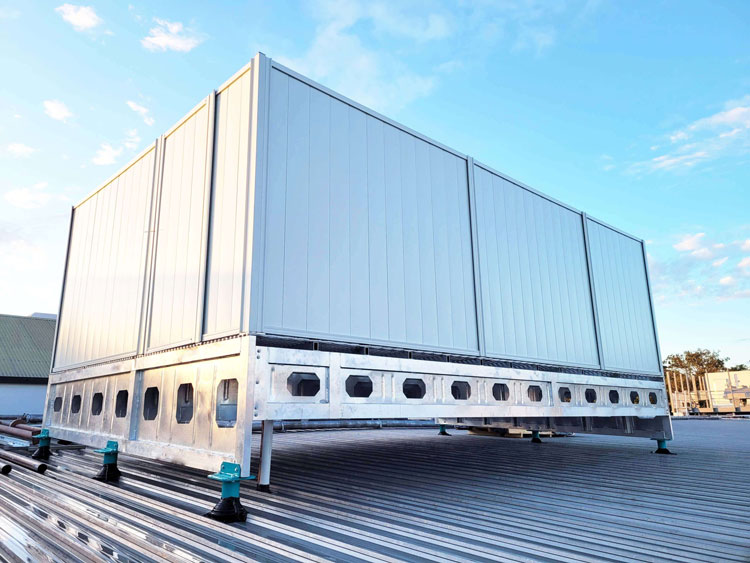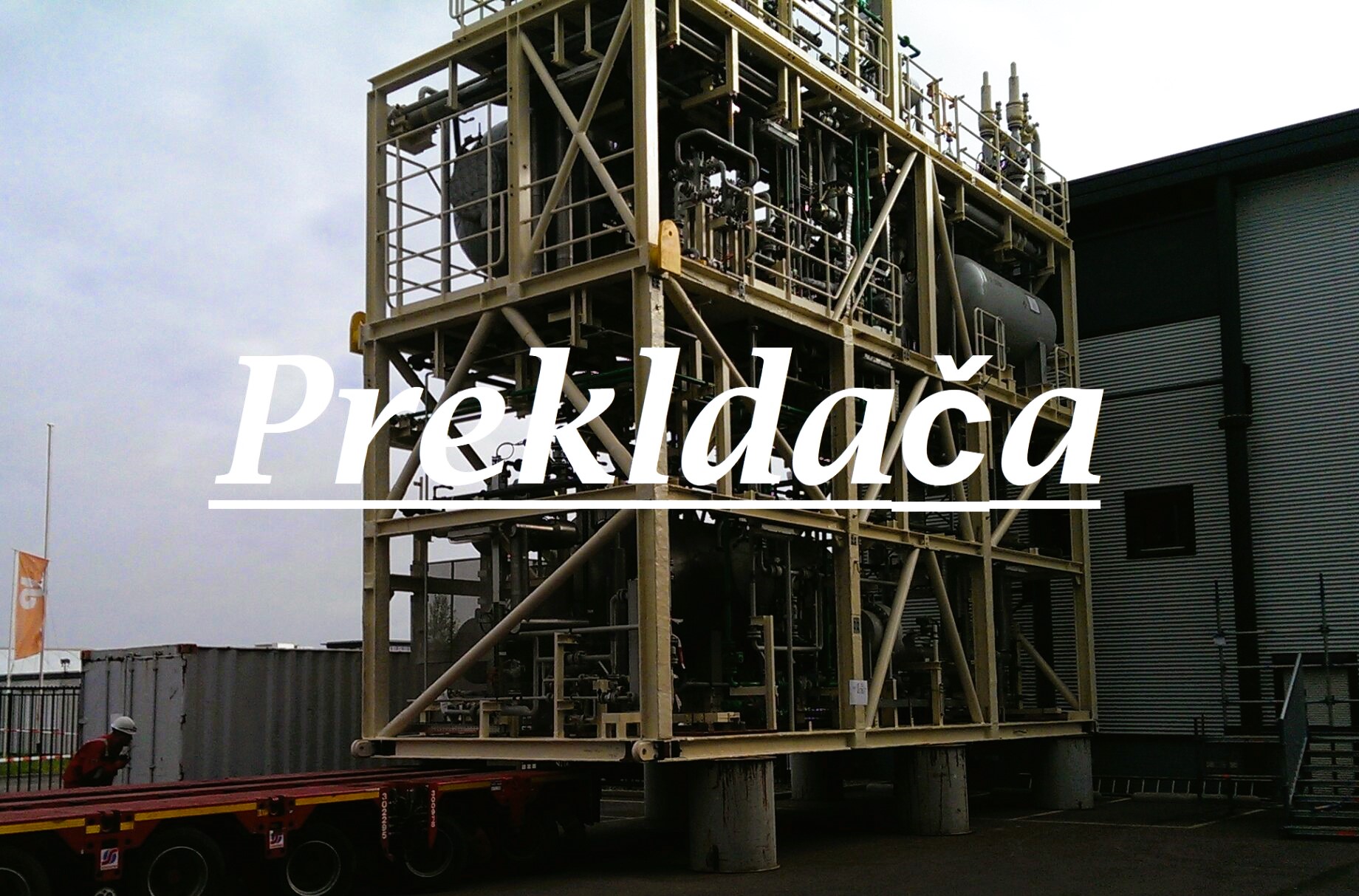In the bustling modern world, the quest for sustainable and tranquil indoor environments has become increasingly paramount. Amidst the clamour of urban life, the integration of nature-inspired elements within HVAC (Heating, Ventilation, and Air Conditioning) systems offers a promising solution. Acoustic plant screens, with their dual benefits of noise reduction and biophilic aesthetics, are emerging as an innovative component in achieving sustainable serenity within built environments.
Enhancing Indoor Comfort
Traditional HVAC systems have long been functional in regulating indoor temperatures and air quality. However, they often fall short of addressing the auditory discomfort caused by mechanical noises, particularly in densely populated areas or commercial spaces. An acoustic plant screen functions as a natural remedy, creating a more tranquil and aesthetically pleasing atmosphere through the absorption and diffusion of sound waves. By incorporating greenery into HVAC solutions, these systems not only optimise acoustic performance but also enhance overall indoor comfort.
Biophilic Design Principles
The concept of biophilia, coined by biologist E.O. Wilson, underscores humanity’s innate connection with nature. The objective of biophilic design is to incorporate natural elements into constructed spaces in order to enhance productivity and well-being. Acoustic plant screens align seamlessly with biophilic principles, offering a visually stimulating and calming presence within indoor spaces. By bringing the outdoors in, these screens foster a sense of tranquillity and connection with nature, thereby promoting occupant health and satisfaction.
Noise Reduction And Sound Absorption
Acoustic plant screens act as a barrier against unwanted noise pollution, mitigating the impact of HVAC system operations on occupants. Through the strategic placement of vegetation and sound-absorbing materials, these screens effectively dampen sound transmission, resulting in quieter and more serene indoor environments. By harnessing the natural properties of plants to absorb and diffuse sound waves, acoustic plant screens offer a sustainable solution to noise control without the need for energy-intensive alternatives.
Air Quality Improvement
In addition to their acoustic benefits, plant-based HVAC solutions contribute to improved indoor air quality. By means of photosynthesis, vegetation efficiently removes oxygen and absorbs carbon dioxide, thereby purifying the air in enclosed spaces. By decreasing the need for mechanical ventilation systems, this natural air filtration mechanism not only improves the health of occupants but also contributes to energy conservation and environmental sustainability. By integrating plants into HVAC design, buildings can achieve a healthier and more eco-friendly indoor environment.
Energy Efficiency And Sustainability
The adoption of acoustic plant screens in HVAC systems aligns with broader sustainability objectives, including energy efficiency and carbon footprint reduction. By strategically integrating vegetation into building infrastructure, these systems leverage the inherent cooling characteristics of plants, thereby diminishing reliance on mechanical cooling and conserving energy. Moreover, the use of sustainable materials in the construction of acoustic plant screens further enhances their environmental credentials, promoting a holistic approach to sustainable building design.
Conclusion
Sustainable serenity in indoor environments is a multifaceted endeavour that requires a holistic approach to design and engineering. Acoustic plant screens represent a promising innovation in HVAC solutions, offering a harmonious blend of noise reduction, biophilic aesthetics, and environmental sustainability. By integrating greenery into building infrastructure, these screens create healthier, quieter, and more sustainable indoor spaces, enhancing occupant well-being and productivity. With the increasing need for environmentally friendly construction methods, acoustic plant barriers are positioned to have a significant impact on the design of indoor spaces of the future, where technology and nature collaborate to promote sustainable tranquillity.










Leave a Reply